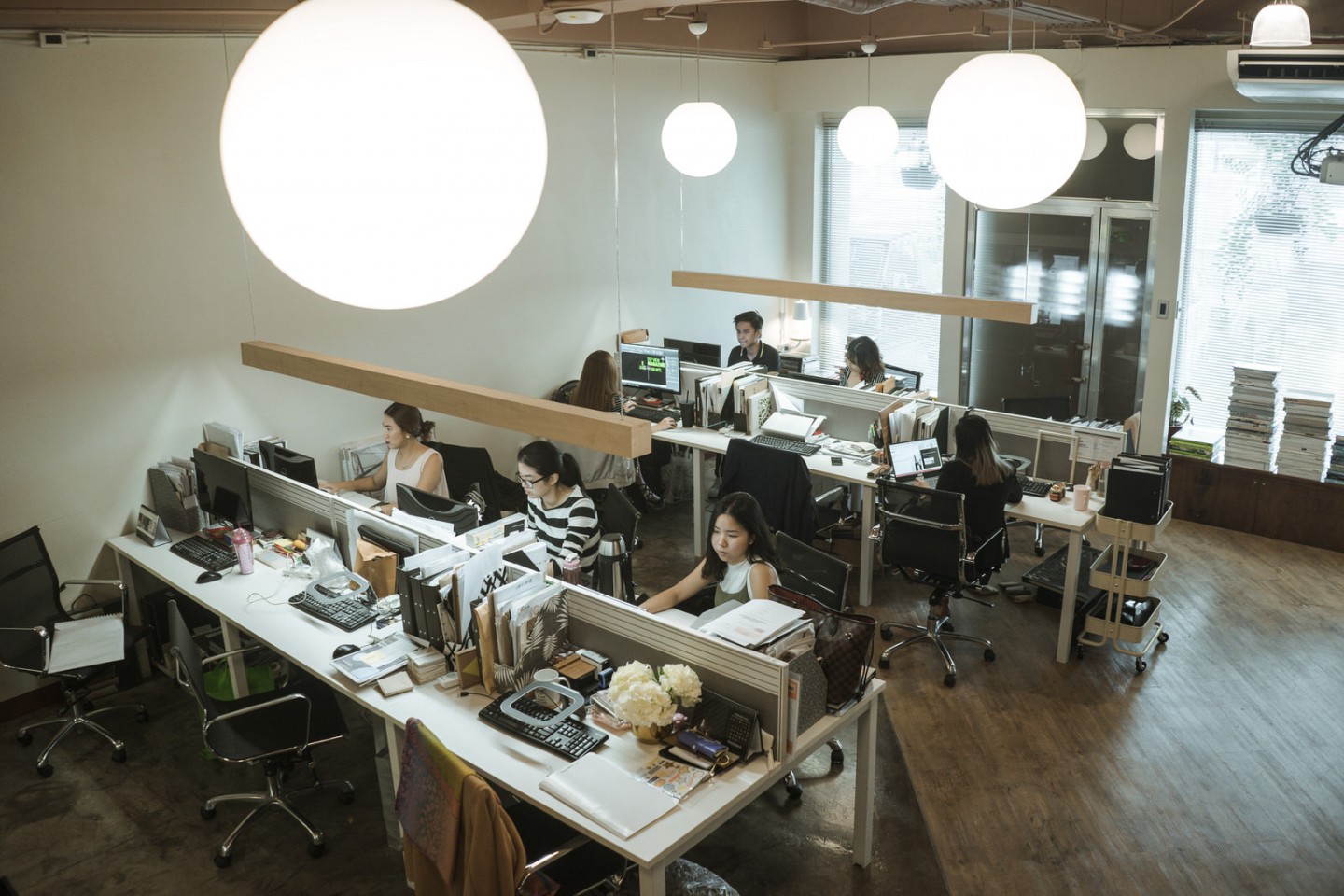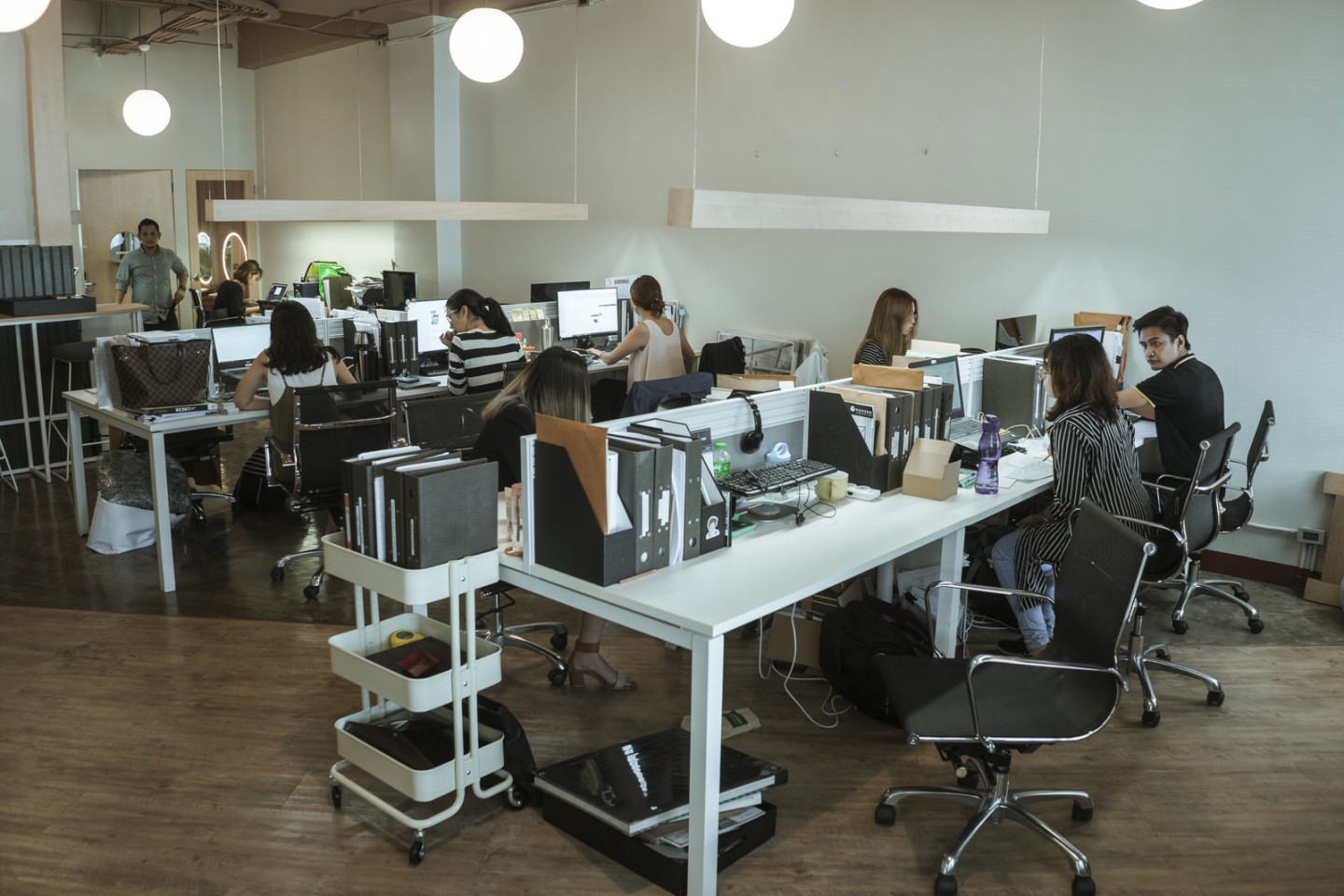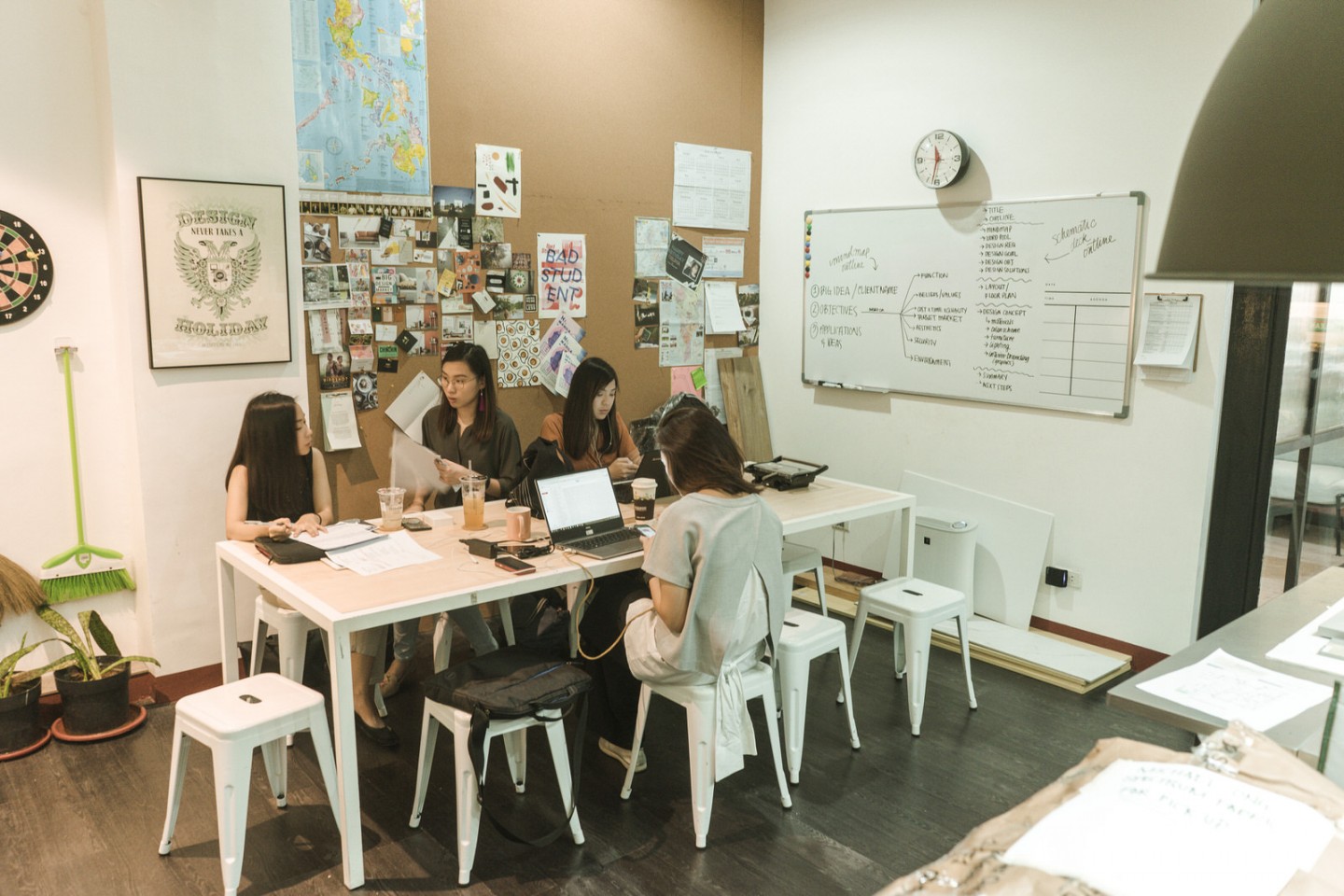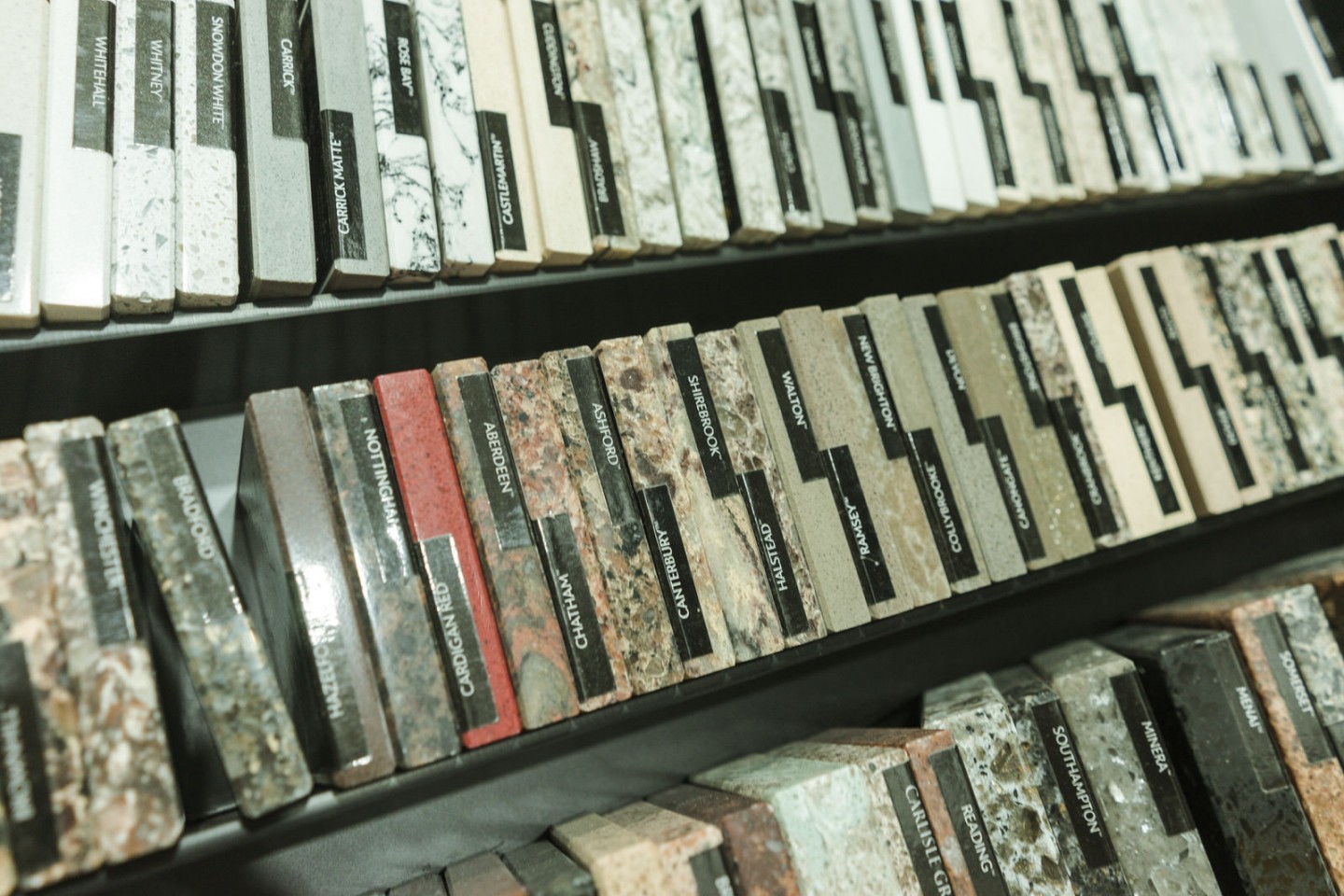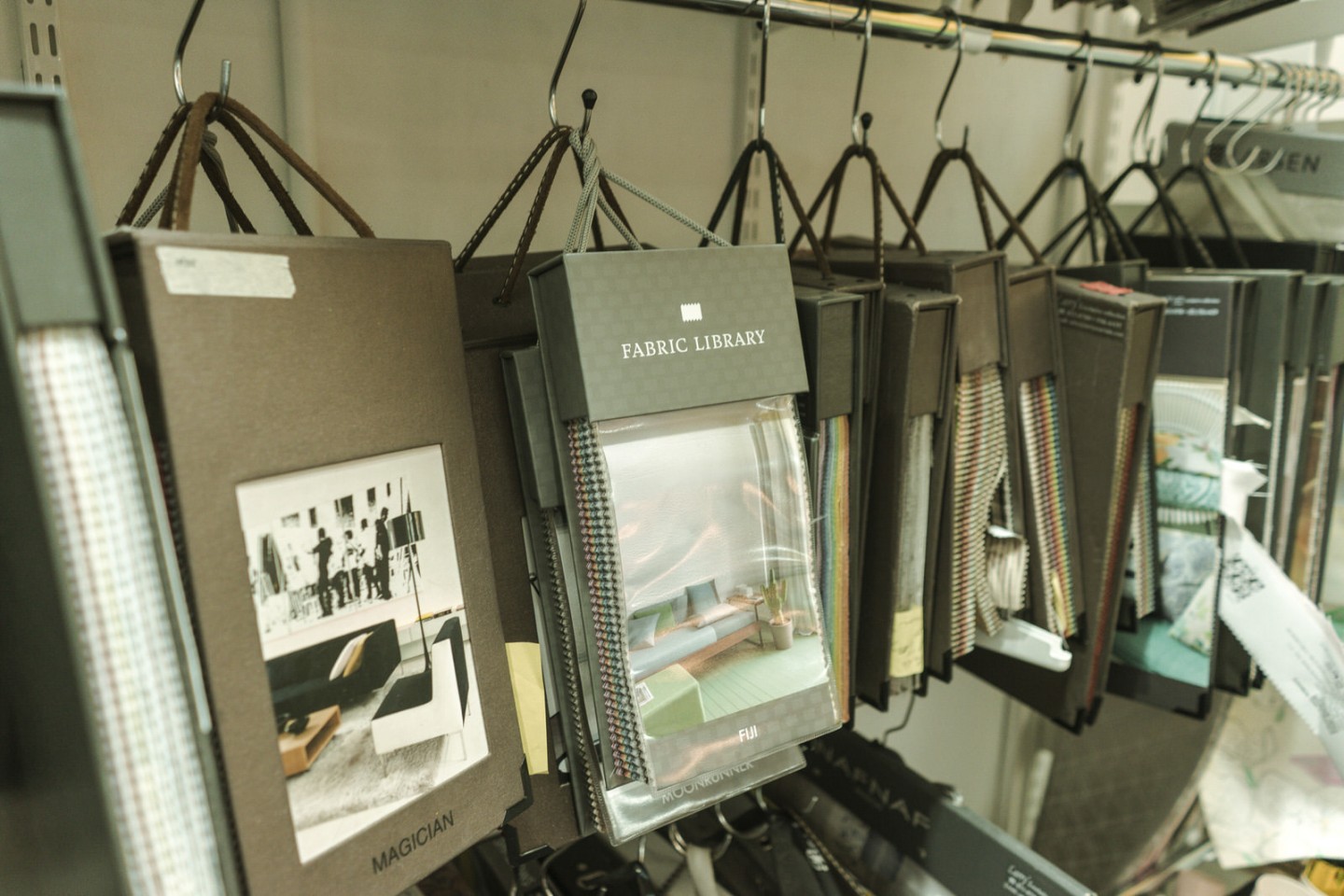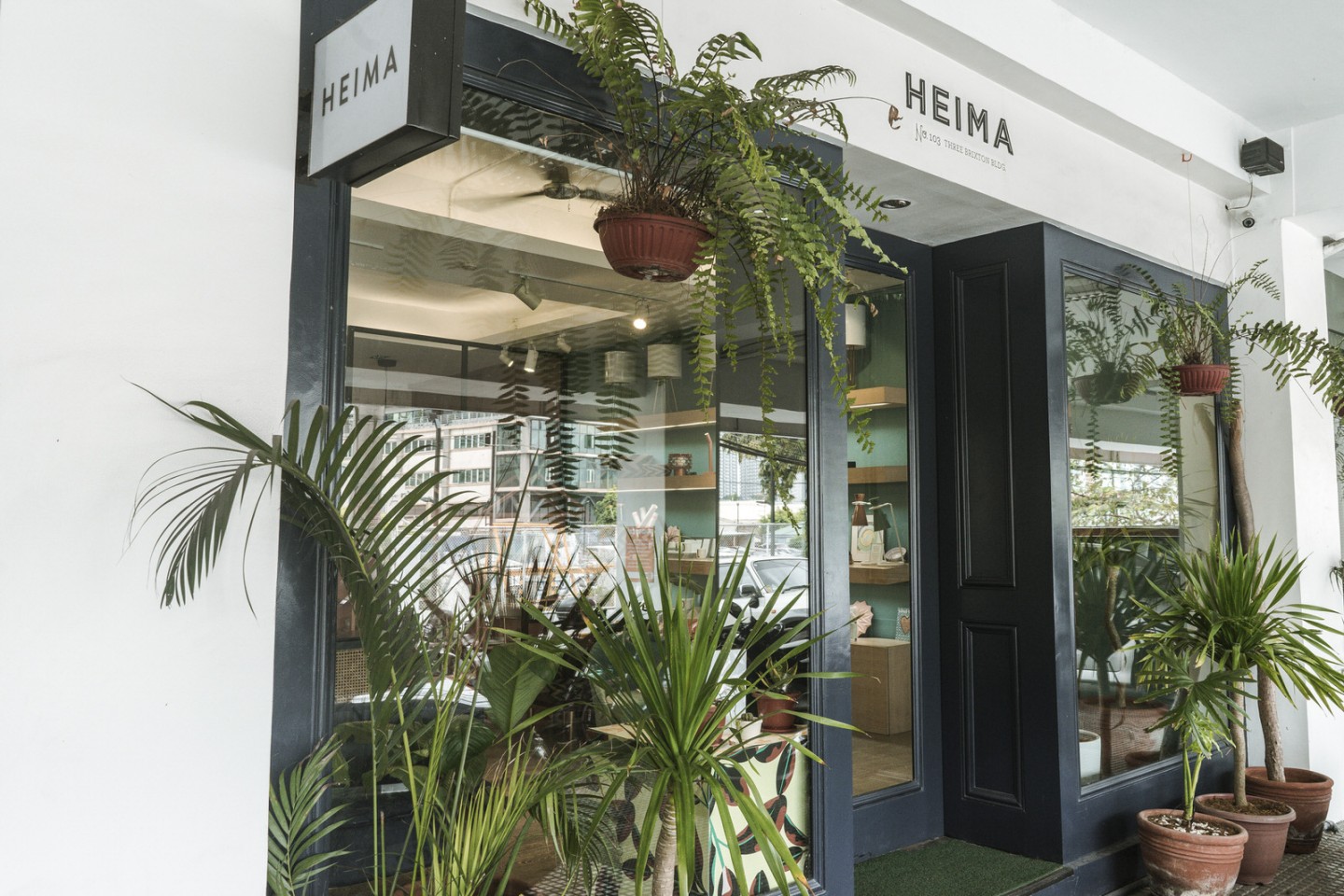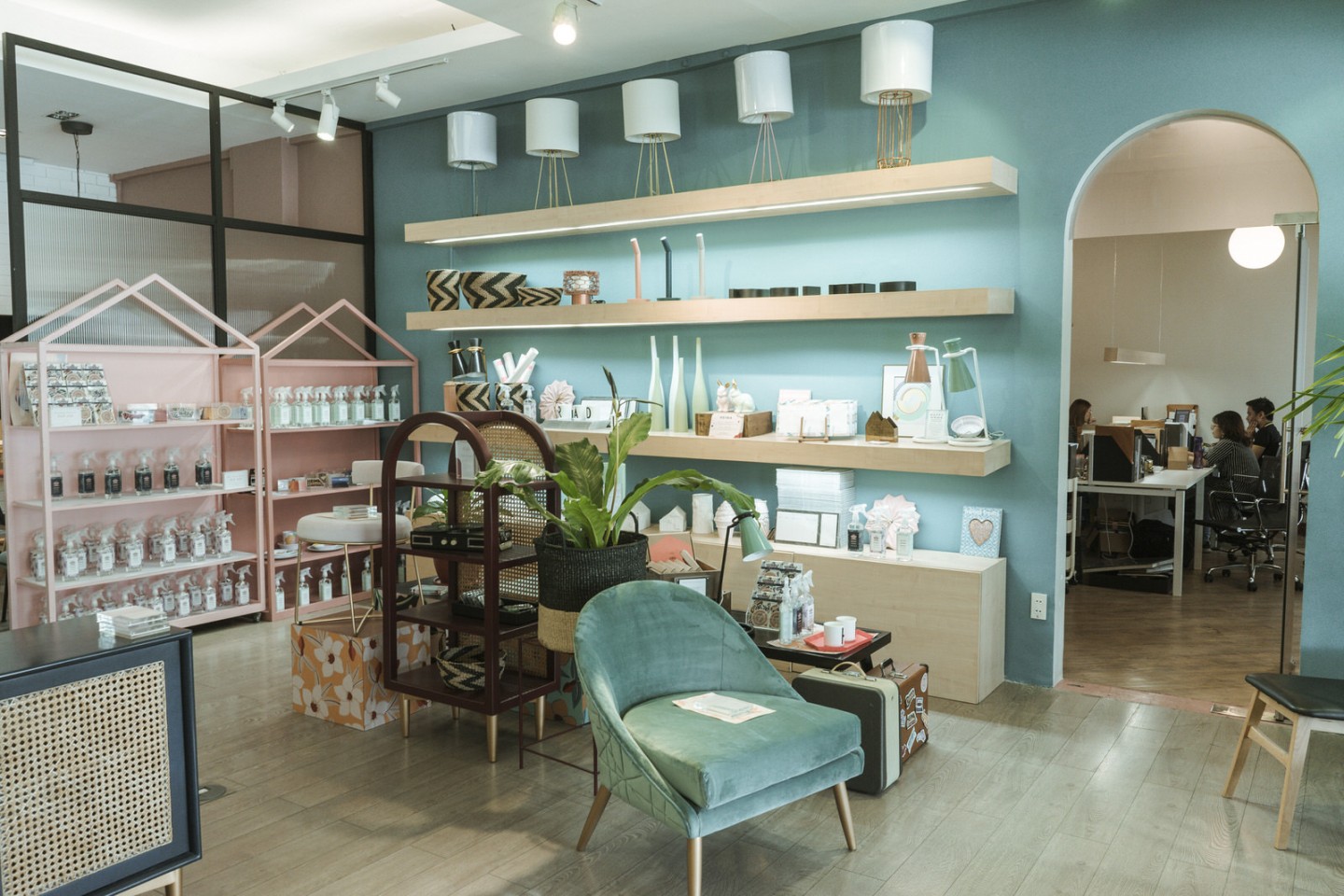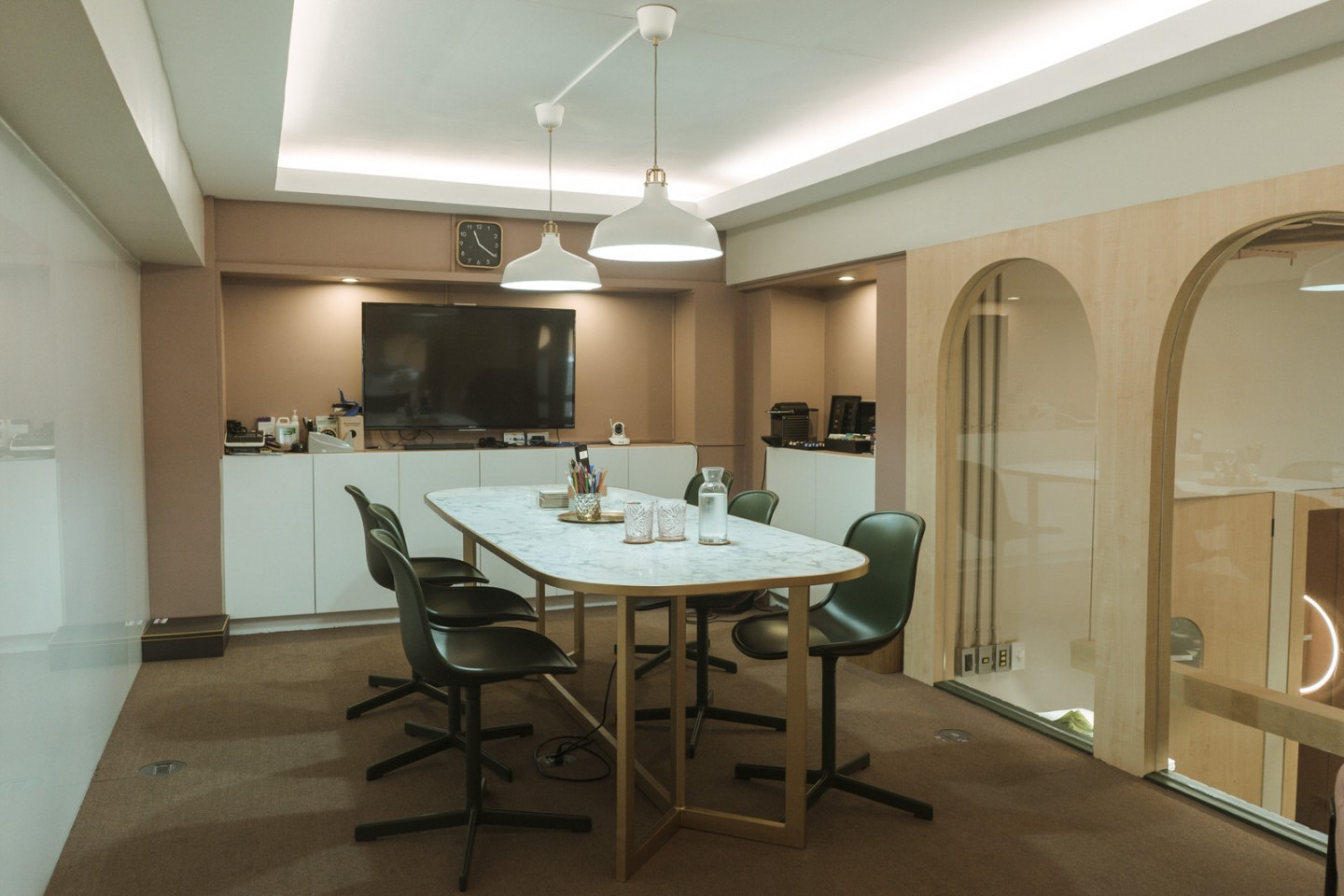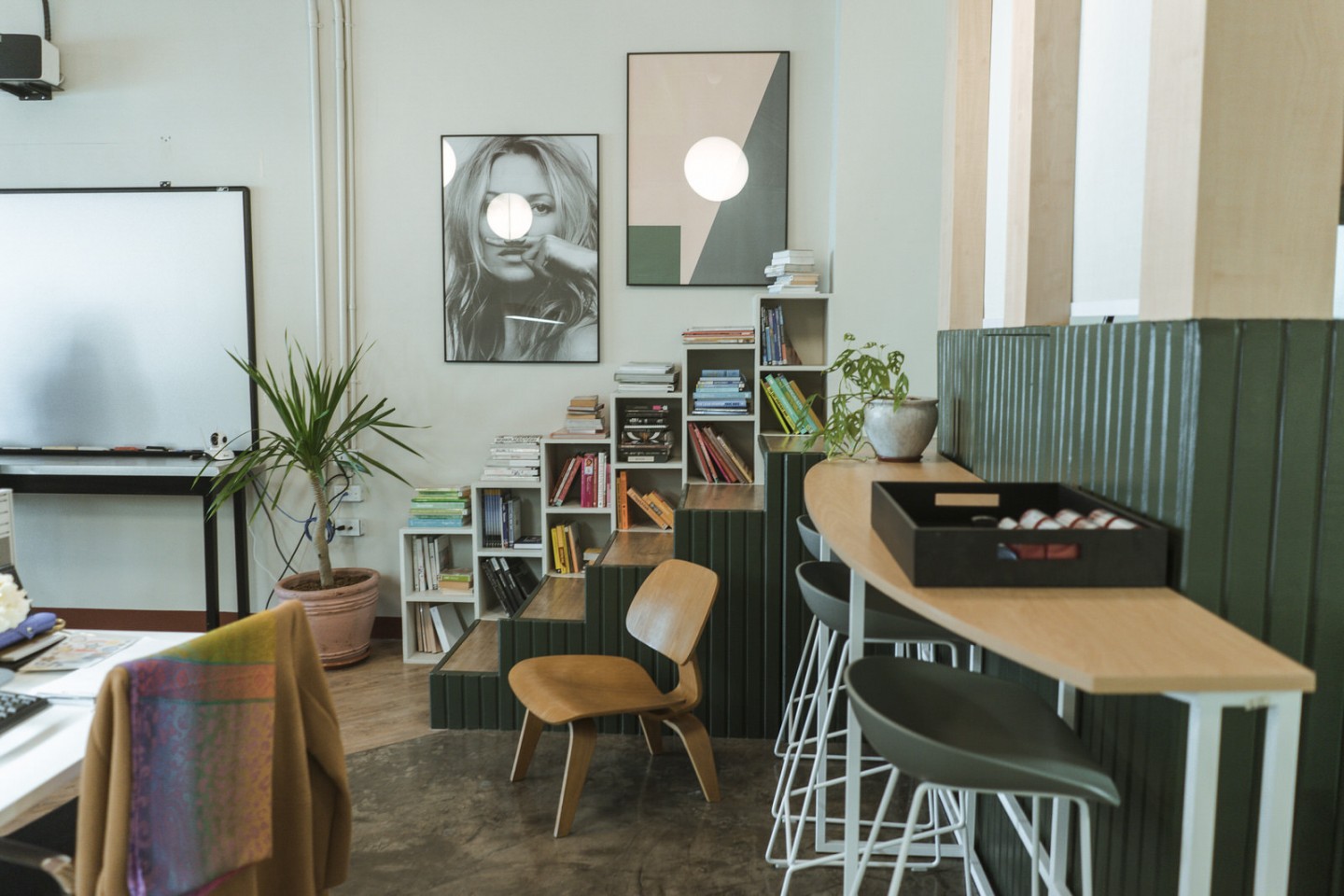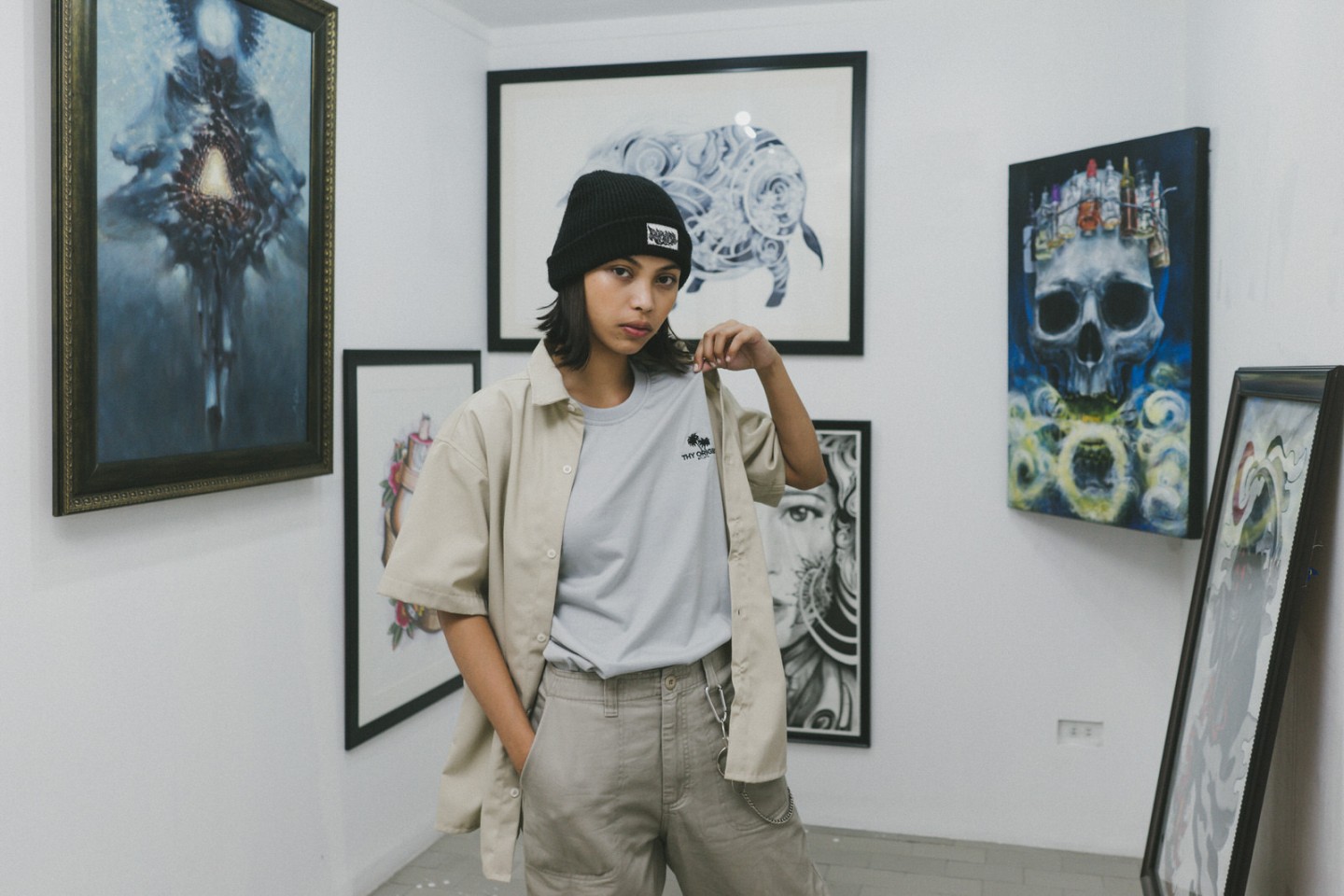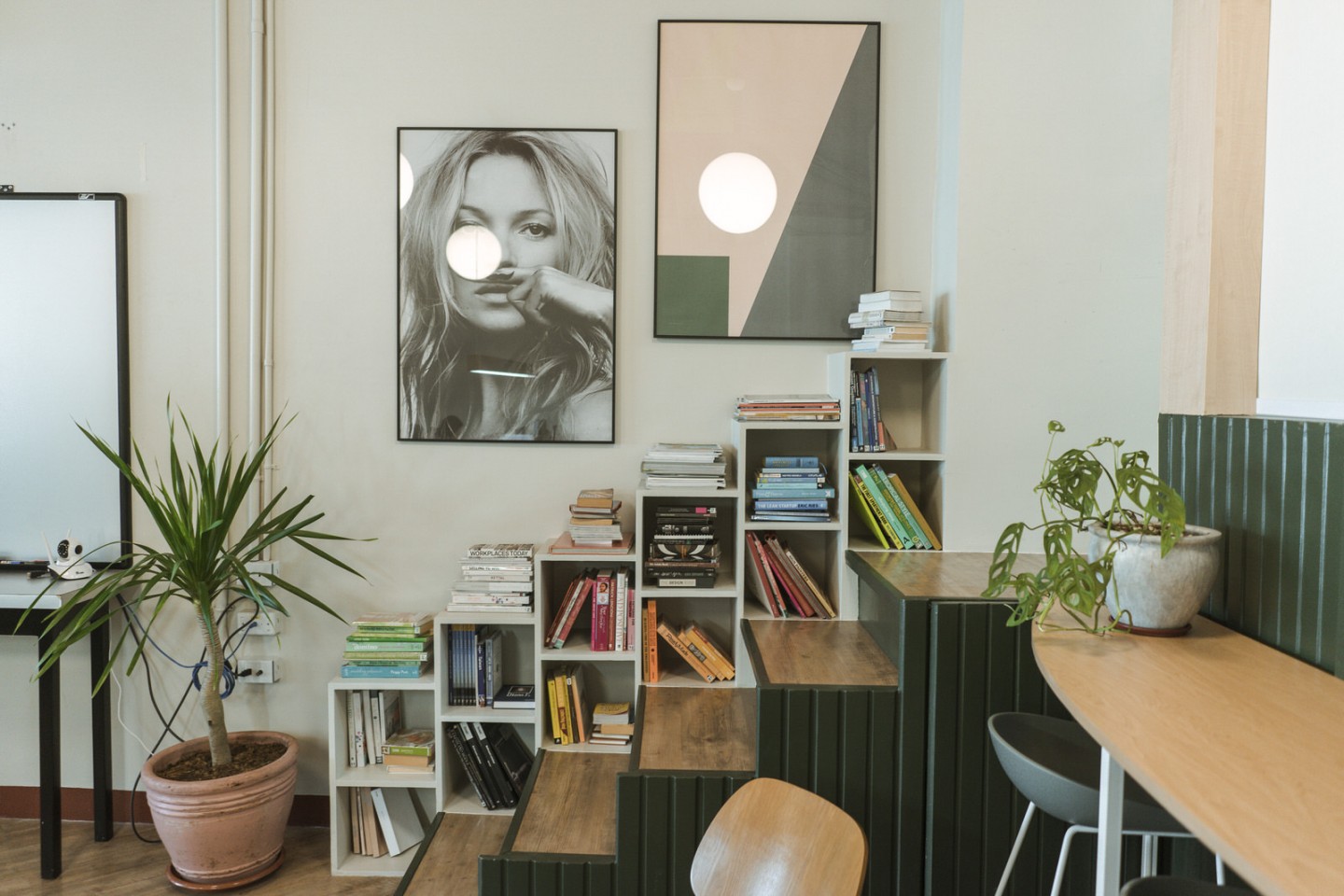
Photos by Zaldine Alvaro
It’s inevitable how workspaces become one’s second home. This comes as no surprise, with early morning meetings and overtime sessions round the clock. In fact, a quick Google search will tell you that an average person would work 90,000 hours in his lifetime. As such, it is only fitting that companies should adapt a more thoughtful approach when it comes to designing their workplaces. And while there are many factors that contribute to what makes a great workplace, aesthetic plays a key role in this recipe.
An article that Forbes Online published in 2015 described the physical workplace as part of the employee experience. It’s more than just chairs, desks, and meeting rooms. An ideal workplace should be able to imbibe a “place where employees would want to show up, not where they need to show up.”
The physical workplace should tell a story and manifest a vision. Heim Interiors knows this by heart, and their colorful portfolio of workspace clientele is more than enough proof. Hinged on the “Design Made Happy” philosophy, their approach is to give a semblance of life, warmth, and excitement to the spaces they work on.
Creating a design story starts with brand identity. This should be maximized as the tool to be used for generating ideas. Reshyl Ricohermoso, Design Manager at Hurray Interior Design Group (the mother brand of Heim Interiors), attests to this, “It is important for the work environment to have a clear and specific purpose through the placement of design elements that reflect the company’s brand, culture, and values.”
From there, one can begin to point out the essential nooks and crannies a certain company would need for a place they could truly call their own. Flexibility is one of the main criteria to the equation. Who are the users now and who will they be in the next 5 years? In what way can a multiple functional setting be created for design elements to be reconfigured easily in keeping with the times? These are just some of the questions that need to be addressed for an aesthetic to be deemed effective in a workplace.
For instance, a company that provides creative solutions would have different design needs as to one with a corporate nature. “Based on our experience, a more creative company would need more areas where they can brainstorm or have impromptu meetings,” Kimberly Tan, one of Heim Interiors’ Design Associates notes, “Sometimes, it’s also good to have a space where they can rest their minds for a little bit or get away from the noise.”
To wit, crafting a workspace’s aesthetic should point back to the end user. Being able to provide a strong emphasis on the company’s brand core to its workplace can help encourage employees, clients, and potential hires to support and achieve corporate objectives and philosophies.
More than visually representing a company’s work culture, aesthetic can make an impact on employee productivity. After all, we are highly visual people. The environment we’re in will determine whether or not we thrive and get inspired to do work that goes beyond the usual and one that truly matters.
Therefore, the case of the aesthetic stands.
To know more about Heim Interiors, visit their Facebook, Instagram, or website.

